7 Guide to Using Memorials and Monuments as a Resource in the Classroom
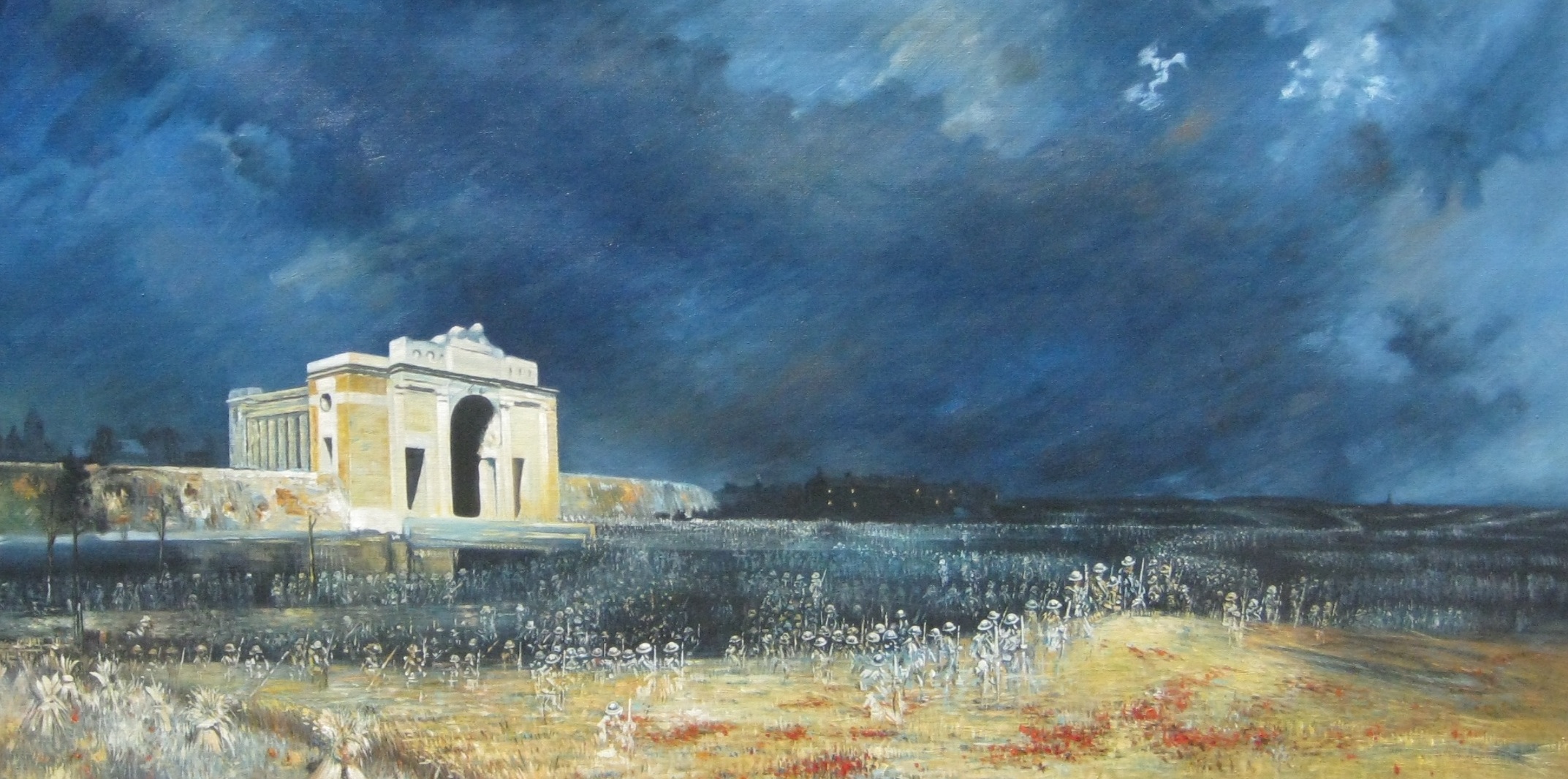
Introduction
This chapter provides practical examples to assist educators in engaging students with memorials and monuments as a key resource to learn about a range of interrelated areas such as Humanities and Social Sciences and the Arts. Both areas help students to consider the social, cultural, environmental, economic and political contexts encompassed in memorials and monuments. As we have seen in the previous chapters, memorials and monuments often reflect the values of the society that constructed them. However, as communities become more diverse, memorials and monuments have changed to reflect multiple perspectives, valuing the interpretations viewers bring through designs that are more abstract and less didactic than traditional memorials. However, it is important that students learn how past events impact on the present and how contemporary memorials and monuments also draw from the past.
Practical guides and video support
The following section provides practical guides to help students learn about their local war memorial or monument, explore its history and undertake individual research on the names that are listed. The guides also support students in learning how to search public databases such as the Australian War Memorial records, the National Archives of Australia and Trove.
The practical guides and video support provide information about:
- Finding information about the local war memorial and using Trove
- Identifying a name on the local memorial or honour board
- Searching the Australian War Memorial records
- Finding service records at the National Archives of Australia
Practical guide 1: Finding information about the local war memorial and using Trove
What is Trove?
Trove is a collaboration between the National Library of Australia and hundreds of Australian partner organisations, including state, university and council libraries. Trove shows where physical content such as books and journals are held. You can also use it to search for and access digital content including newspapers, government gazettes and diaries. It is a useful resource for all who are interested in history.
How to search
- Go to Trove: https://trove.nla.gov.au/
- Enter your keywords into the search box at the top of the homepage (ensure your spelling is correct – Trove will search for whatever you type)
- Click the green magnifying glass button to the right of to the search box to begin your search

Searching a category
- Click the arrow buttons next to ‘All categories’ to see a drop-down list of available categories

- Choose a category such as ‘Newspapers & Gazettes’
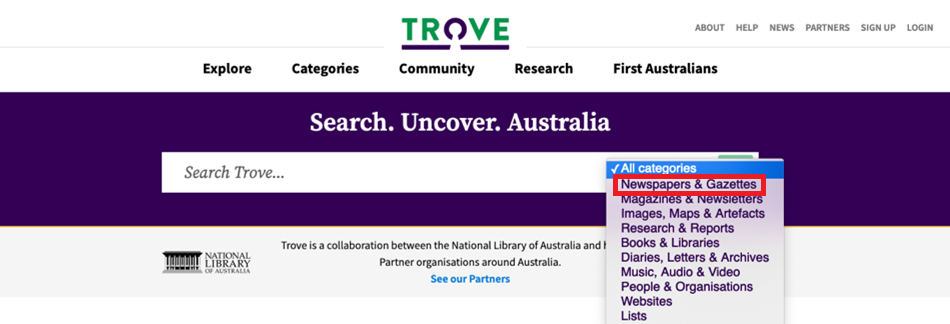
Gazettes are a useful source of government information as they are an official publication created for the purpose of sharing the actions and decisions of the government. All Australian governments (Commonwealth, State and Territory) publish official gazettes. These gazettes are now published in digital format, but the early ones have been digitised and added to Trove.
- Enter the names of the people, places or events you want to search for (e.g. Roma War Memorial) and hit Enter or click the search icon (green magnifying glass)
Using inverted commas as punctuation marks around a group of words will bring back items with those words together as a phrase. For example, “roma war memorial”.
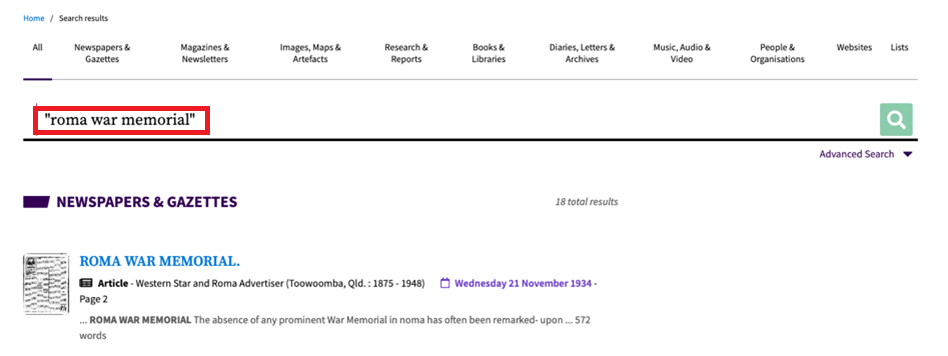
This will show you newspaper articles about the Roma War Memorial.
Tips and tricks
If you want a more specific search, you can customise it by using search commands with your keywords.
Search commands are special words and symbols that help to refine search results. You can use a single search command or construct a complex combination.
| AND
Get results that contain both words. If you do not use any commands in your search, Trove will assume that you want to find things that have all of those words in them, and effectively puts an AND between each of your keywords. Examples:
Both of these examples will give you results that contain both of the words “paul” and “kelly”.
|
| OR
Get results that contain one or more words. Example:
|
| NOT
Exclude items from your results that contain the word(s). A minus sign (–) can also be used instead of NOT. Examples:
Both of these examples will give you results that contain “cat” but do not contain “dog”. |
| (brackets)
Use brackets to group your search terms together, and combine search commands. Putting brackets around each set of search commands will improve your results. Examples:
These last two examples will give you the exact same results, as Trove will use AND where no command is given. |
| date
Get results from a certain date range. Example:
|
Resources
Video overview 1: Finding information about the local war memorial and using Trove
Download a printable Finding information about the local war memorial and using Trove handout.
Practical guide 2: Identifying a name on the local memorial or honour board
Visiting the local memorial
War memorials are visible in towns and cities across Australia. In larger towns and cities, the main memorial can be quite significant (see Figure 7.2) though there are also memorials in local suburbs (see Figure 7.3). The smaller memorials are not restricted to older suburbs. Finding and investigating names on these memorials can lead to interesting information about your local area.
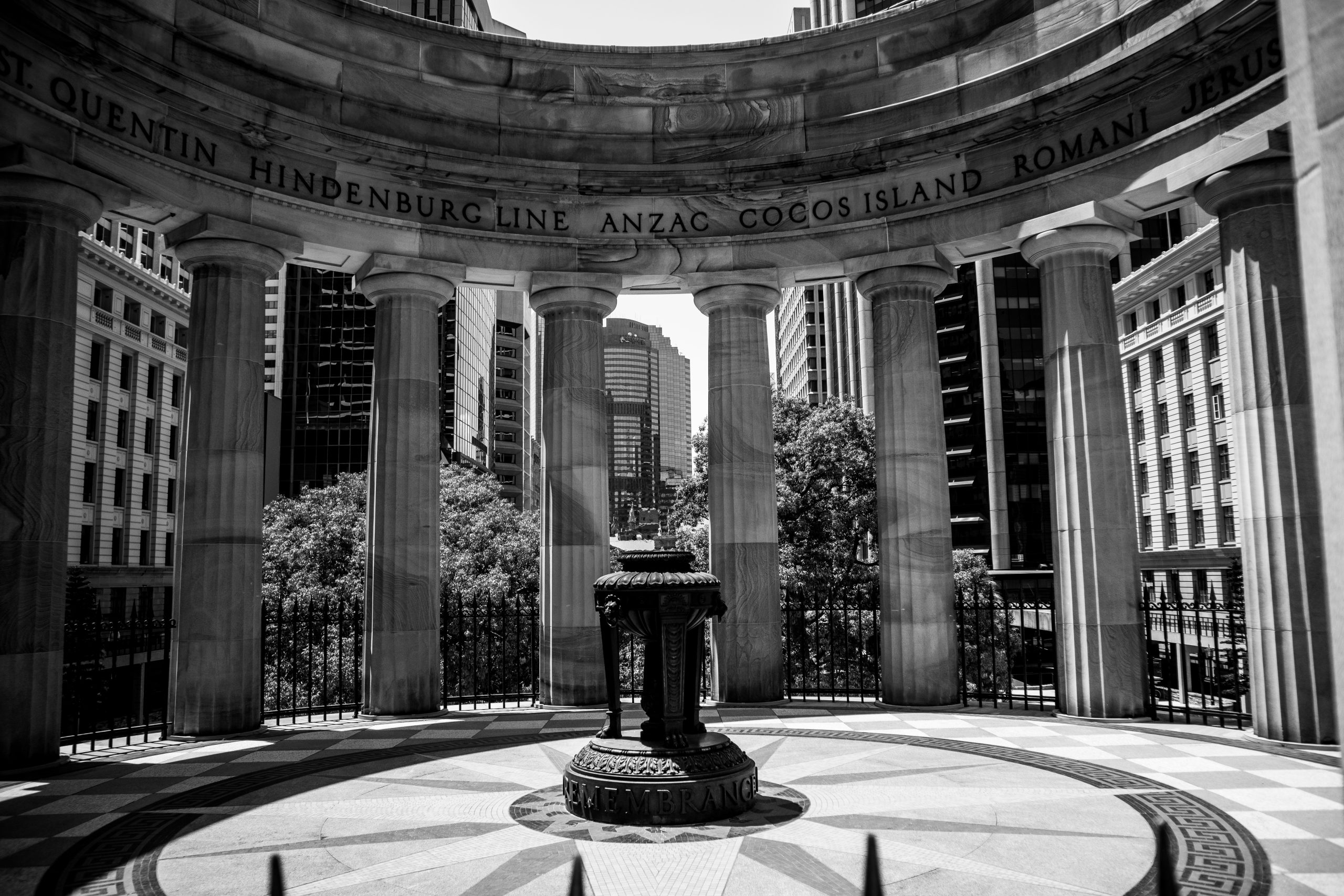
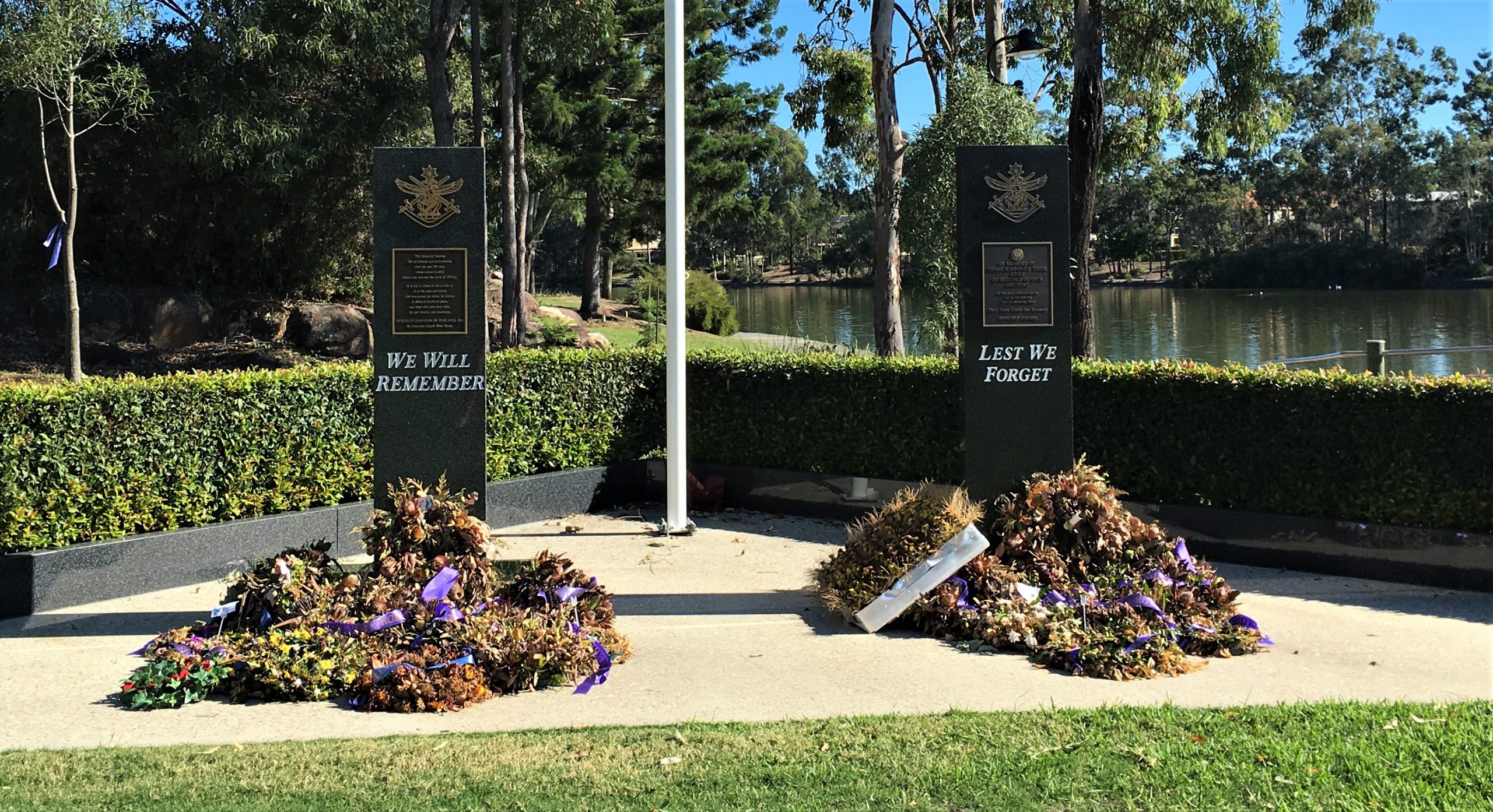
Finding memorial information online
As it is not always possible to visit a memorial in person, there are other ways to find photos of memorials or honour boards and be able to trace a soldier from their home to their return or burial site. The following government and private websites can be used to view photos of memorials:
- New South Wales War Memorials Register – https://www.warmemorialsregister.nsw.gov.au/
- Queensland War Memorials Register – https://www.qldwarmemorials.com.au/
- Victorian Heritage Database – https://vhd.heritagecouncil.vic.gov.au/
- Monument Australia – https://monumentaustralia.org.au/search
- Virtual War Memorial Australia – https://vwma.org.au/
- Places of Pride: National Register of War Memorials – https://placesofpride.awm.gov.au/
How to search
The Queensland War Memorials Register allows you to view any memorial or honour board in Queensland.
- For this demonstration go to the Queensland War Memorials Register: https://www.qldwarmemorials.com.au/
- Click “More search options” under the left search box to see advanced search options

- Search by Conflicts commemorated or Memorial type

- Enter the name of the suburb, town or postcode (e.g. 4455 for Roma) to find all the conflicts and/or memorials for that postcode

- Click on “Roma War Memorial Cenotaph” to get the address and see photographs

Resources
Video overview 2: Identifying a name on the local memorial honour board
Download a printable Identifying a name on the local memorial honour board handout.
Practical guide 3: Searching the Australian War Memorial records
You can find out more about a person you have identified on a local war memorial using the Australian War Memorial website.
The range of records held by the Australian War Memorial include:
- First World War nominal and embarkation rolls
- Roll of Honour
- information about honours and awards
- Red Cross and prisoner-of-war records
- unit war diaries and histories
- military orders
- various military handbooks and instructions
A nominal roll is a list of names – here it refers to a list of veterans who served in a particular conflict. It can also provide a ‘snapshot’ of each individual veteran’s military service by displaying a range of information that has been gathered from documents in their military service record. Nominal rolls for conflicts other than World War I can be found on the Department of Veteran’s Affairs website.
An embarkation roll gives dates and shipping details for persons embarking on a sea journey.
How to search
When searching for details about a particular person in the collection at the Australian War Memorial you will need to know a little about them.
- Go to the Australian War Memorial: https://www.awm.gov.au/
- Click on “People” to open to a search box

- Enter the name of the person you want to learn about, e.g. “Frederick, J H” (you may need to try different spellings)

In this case there is one result in the Roll of Honour, as well as details of “Frederick, J H”‘s embarkation (First World War Embarkation Rolls) and his death and burial place (Australian Red Cross Wounded and Missing Files).



Sometimes you will find that there is more than one person with the same name and initials. Using a filter allows you to remove results from a search that are not relevant, or to only include those that will be relevant. You can choose to include only those people from a specific conflict, for example the First World War or the Boer War.
The entry for James Henry Frederick in the Roll of Honour gives details of his date and place of death, and the cemetery where he is buried.

It also provides a map of the Australian War Memorial Honour Roll showing an approximation of where his name appears on the wall.

From here you can find out about the cemetery where a veteran is buried including photographs by going to the Commonwealth War Graves Commission website.
Resources
Video overview 3: Searching the Australian War Memorial records
Download a printable Searching the Australian War Memorial records handout.
Practical guide 4: Finding service records at the National Archives of Australia
The National Archives of Australia collects and manages government records.
How to search
To find a service records for someone who has been a member of the Australian Defence Service you will need their name and preferably their service number.
- Go to the National Archives of Australia: https://www.naa.gov.au/
- Click the tab “Explore the collection” and choose “Defence and war service records”

This page gives information about the types of records that are available in the archives.
- Click on RecordSearch

- Choose the tab for a NameSearch and enter the person’s family name and the given names (if available)
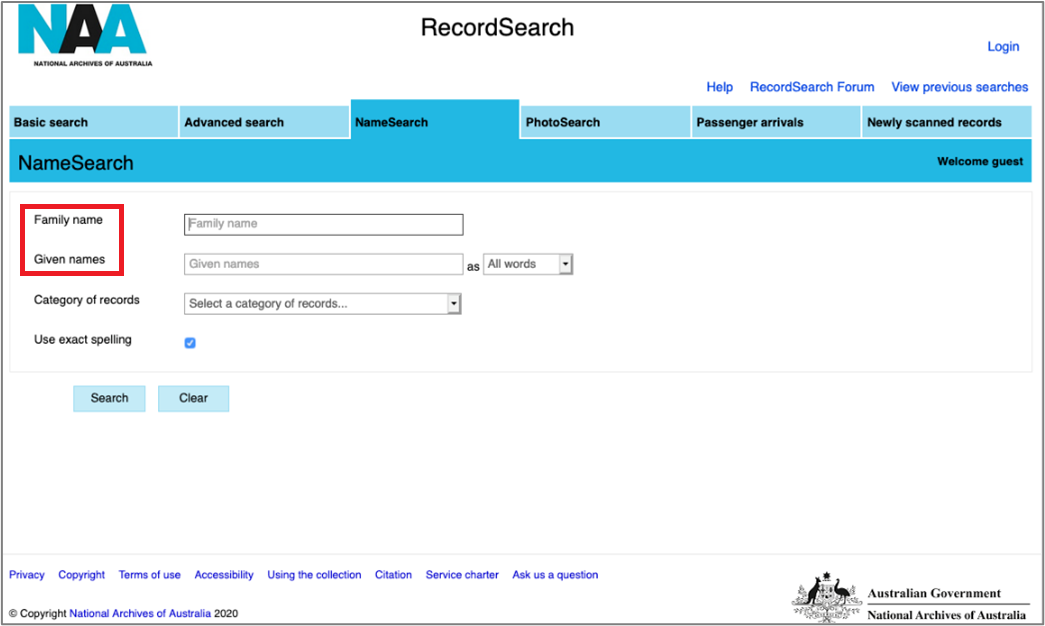
- Choose the category of records that you want to search
This drop-down list includes general Australian Defence Forces personnel records, as well as specific ones like Army, Navy and Air Force. It is easiest to look under the general heading to find the records. You can use service numbers retrieved from the Australian War Memorial records to search.
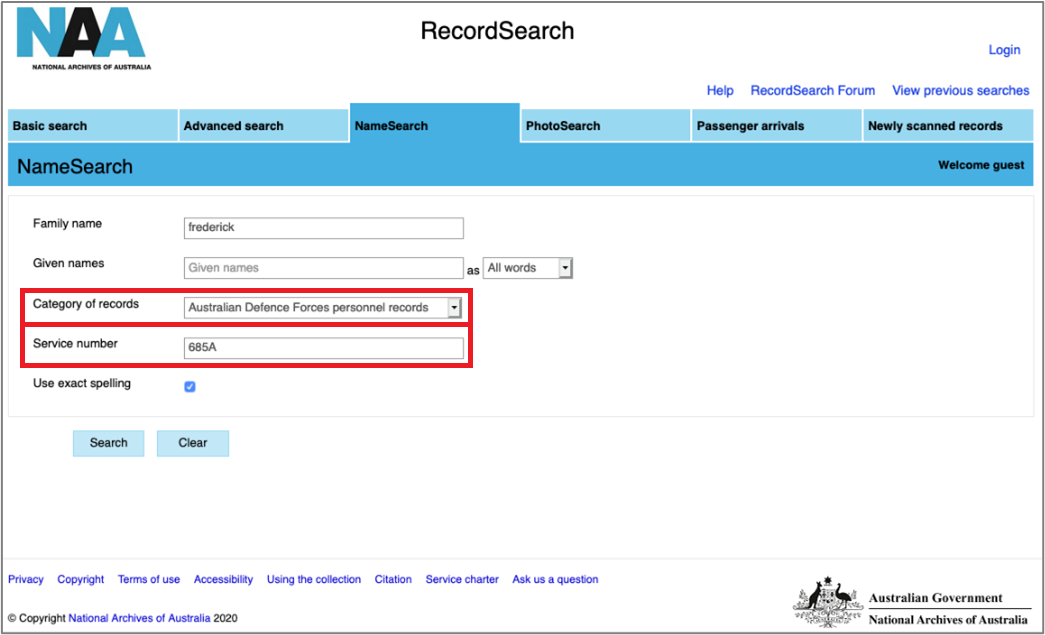
- Enter the details that you know and click Search
Either a list of records or a specific personal record will be provided (depending on whether you search by name or service number).
The record in the archives gives details including:
- the date range of the contents in the series
- the series number that will provide the name of the government department that created those records
- how to cite this record when writing about your finds
- where the physical files are kept
- the format of the files – physical or digital
- the number of files in this series
This record shows that there is a digital copy of the files that can be viewed online:

This is the first page of the digitised file for J H Frederick:

Resources
Video overview 4: Finding service records at the National Archives of Australia
Download a printable Finding service records at the National Archives of Australia handout.
Research with the local community
There are important resources in your local community that can help students learn more about historical events, including their own families, community groups or organisations. A number of countries provide grant assistance for individuals, schools and other institutions to document and honour the service and sacrifice of military personnel. In Australia the Department of Veterans’ Affairs provide a range of grants including the Saluting Their Service’ Commemorative Grants which are designed to preserve Australia’s military history, promote an understanding and appreciation of the experiences of service personnel, and involve people around the nation in a wide range of activities that honour the service and sacrifice of Australians.
The authors were successful in being awarded a Saluting Their Service Commemorative Grant which will be discussed in the following section. However, it is possible to conduct a similar project with students and involve the wider community through this process.
Saluting their Service Commemorative Grant
In the heart of the people they loved – Community commemoration
Project description
This project recorded short vignettes of stories from community members prompted by artefacts that have a personal connection with either their own military service or that of a family member. The vignettes explored the military service of service personnel through artefacts held by their families, ultimately bringing together a range of diverse – and often unknown – stories and experiences that highlight the service and sacrifice of local community members, as remembered and told by their families. Numerous treasured artefacts are still held by families, sometimes for more than a century. This approach enabled the sharing and documenting of these stories of service and sacrifice and ensured they were not lost if family members moved away from their local communities.
Process
- The success of the grant enabled the project team to access various media outlets to invite community members to participate in this project. In addition, local organisations such as libraries, Returned Service League of Australia branches (RSLs) and their community networks were also contacted. This enabled promotion of the project and resulted in the following process:
- A brief overview of the project was provided with an Expression of Interest which asked people to briefly note the artefact and to provide details of the relative’s service
- Participants were asked to bring an artefact connected to a family member who had seen service to a filmed interview, where they talked briefly about the artefact and how it related to their relative’s service
- Research was conducted after the interview, including using the Australian War Memorial and the National Archives of Australia to verify details and provide further details. This information was sent to the participants in appreciation of their contribution and time.
- A website containing a digital patchwork of these stories was created – this website branches out into pages for each of the individual stories containing the filmed interviews, a photograph of the artefact, a photograph of the family member, and information about their service
- The interviews were linked together so they could be shown on a loop at the Remembrance Day Service held at The Glennie School in Toowoomba, Queensland, Australia.
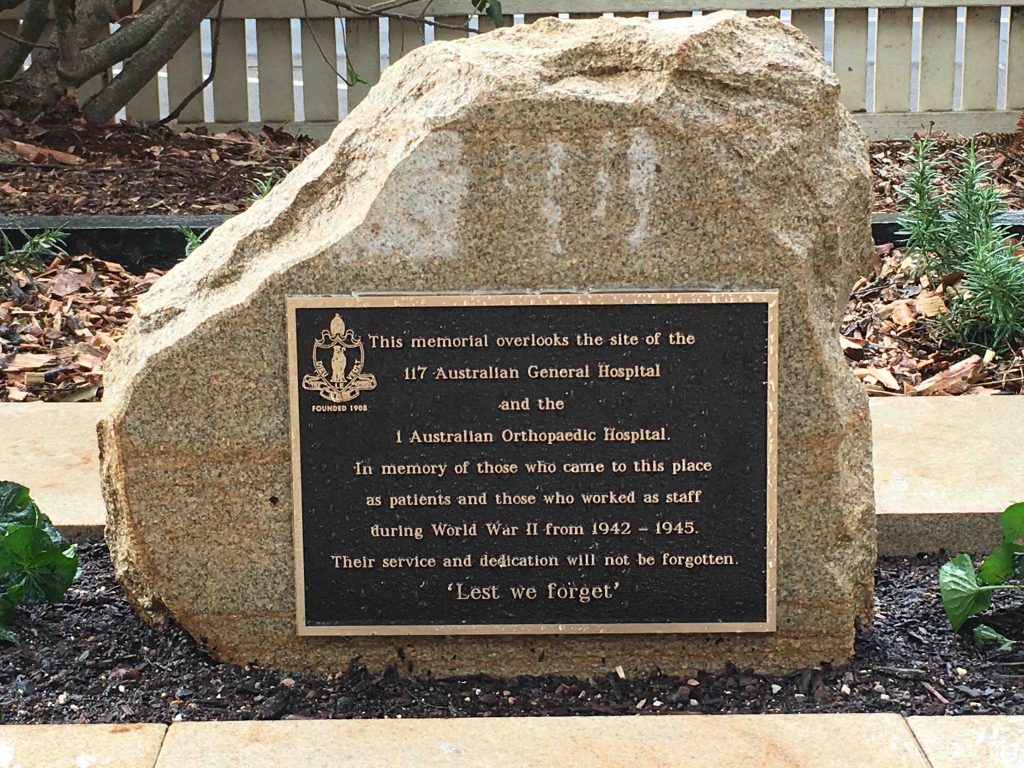
A range of artefacts were documented during this project such as:
- a First World War embroidery that was completed as part of physical therapy during convalescence
- a postcard from a naval ship (Figure 7.5)
- a commemorative scroll (Figure 7.6)
- medals
- photographs
- drawings
- souvenir booklets
- old coins
and more.


Conclusion
This chapter has provided an overview of several resources and approaches for using memorials and monuments in the classroom. Local history is an invaluable resource for educators and also assists students in connecting with and learning about the stories of their local community. It is important to document the stories of our local communities to ensure we understand how they have contributed to the broader national and international stories and the diversity that is inherent within these. Understanding how these events occurred and learning about history from different perspectives encourages students to develop empathy and understanding as they learn why particular events have occurred and how they impact on their lives today.
References
Anglican Focus. (2019, November 11). Glennie will never forget. Anglican Focus. https://anglicanfocus.org.au/2019/11/11/glennie-will-never-forget/

